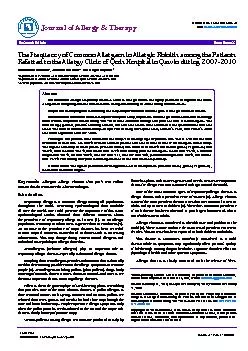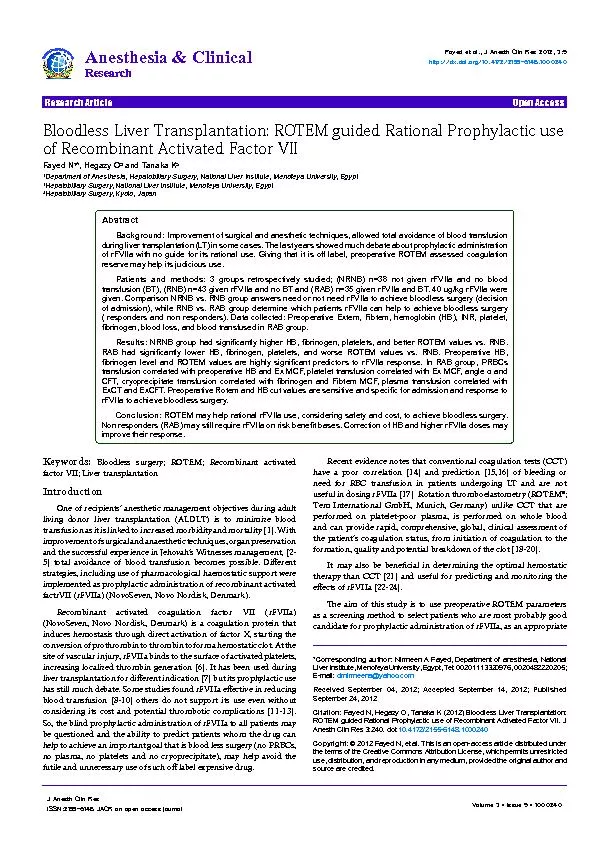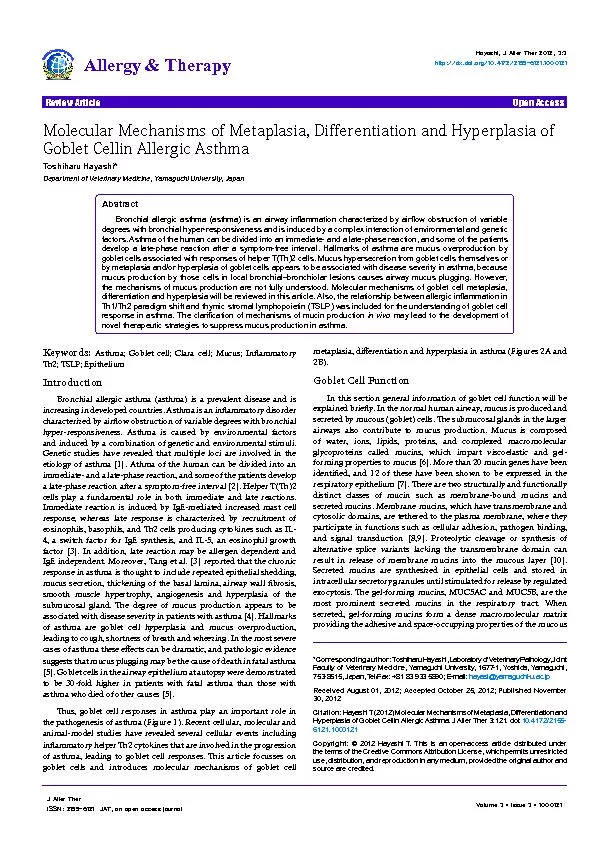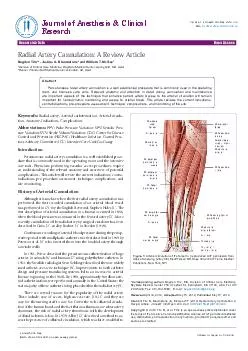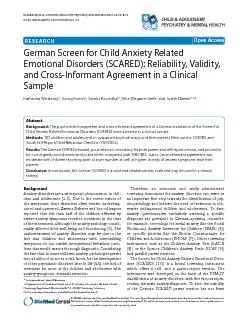PDF-Open AccessResearch ArticleAllergy & Therapy
Author : phoebe-click | Published Date : 2016-12-17
Mahram et al J Aller Ther 2013 41httpdxdoiorg104172215561211000130J Aller Ther Keywords Allergen Allergic rhinitis Skin prick test Pollen Russian thistle Grass Beetle
Presentation Embed Code
Download Presentation
Download Presentation The PPT/PDF document "Open AccessResearch ArticleAllergy & The..." is the property of its rightful owner. Permission is granted to download and print the materials on this website for personal, non-commercial use only, and to display it on your personal computer provided you do not modify the materials and that you retain all copyright notices contained in the materials. By downloading content from our website, you accept the terms of this agreement.
Open AccessResearch ArticleAllergy & Therapy: Transcript
Download Rules Of Document
"Open AccessResearch ArticleAllergy & Therapy"The content belongs to its owner. You may download and print it for personal use, without modification, and keep all copyright notices. By downloading, you agree to these terms.
Related Documents

